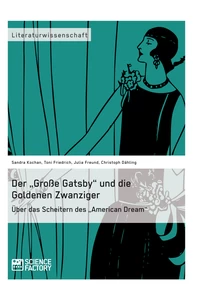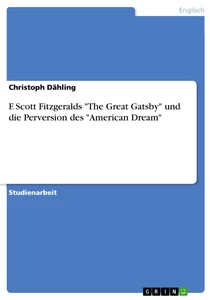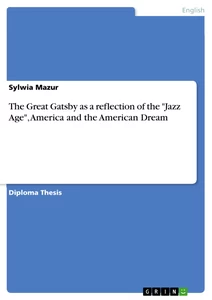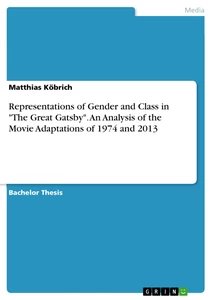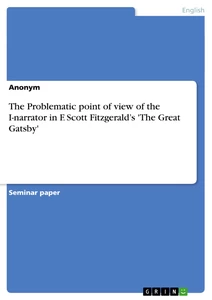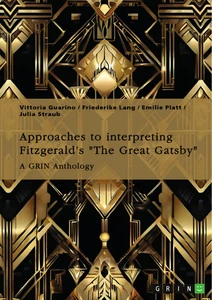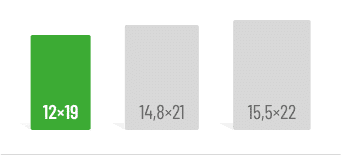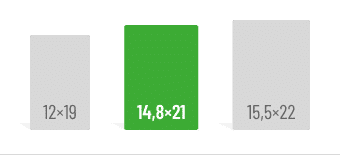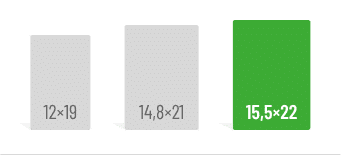First things first:
- Fitzgerald’s novel is a tragic love story set in the 1920s, in which a mysterious young man tries to achieve the American dream.
- The most important characters: Jay Gatsby, Daisy and Tom Buchanan, Nick Carraway.
- The main themes: the American dream, social differences, prohibition, unrequited love, the decline of society in the 1920s.
The Plot
The novel “The Great Gatsby” tells the story of Jay Gatsby, a mysterious millionaire living in Long Island in the 1920s and trying to win back his lost love Daisy. The two were a couple before Gatsby was drafted in the First World War and Daisy married Tom Buchanan, a choleric man of great wealth. The whole story is narrated by Nick Carraway, a journalist and Daisy’s cousin, who has rented a room on Long Island for the summer and comments on the dramas of the upper classes from the position of an outsider. Gatsby is known for his lavish and extravagant parties, but wild rumors circulate about his origins and the source of his fortune. After he and Daisy become close again, which does not go undetected by her husband Tom, the situation comes to a head. The plot finally escalates when Daisy runs over her husband’s affair, which in a chain of events leads to Gatsby’s death.
The most important characters
Jay Gatsby
Jay Gatsby is the title character of the novel. He is a mysterious and wealthy man who throws extravagant parties to win back his lost love. Gatsby is a romantic, driven by his undying love for Daisy and his desire to live the American dream. He is charismatic, charming and attracts people. But despite his wealth and success, Gatsby is tormented by his past and struggles with his origins and identity. Over the course of the novel, it becomes clear that he comes from a very poor background and made his fortune through illegal deals, among other things. Gatsby is a complex character who embodies the illusion of the American dream and the corruption of society in the 1920s.
Daisy Buchanan
Daisy Buchanan is known for her beauty and charm. At the beginning, Fitzgerald portrays her as preternaturally good and moral in order to make the reader understand Gatsby’s obsession with her. Only as the novel progresses does it become clear that Daisy is dissatisfied with her life despite her privileges. She is indecisive and insecure about her feelings for Gatsby, often behaving manipulatively, aloof and cold. Although Daisy is portrayed as an attractive and desirable woman, she is also a tragic figure trapped by society’s expectations and her own dissatisfaction. She is a symbol of the impossibility of finding true happiness and fulfillment in society at the time and ultimately bears a large share of the blame for the tragic outcome of the novel.
Nick Carraway
Nick Carraway is the narrator of the novel. He acts as a moral compass and a voice of reason. Nick is a young man from the Midwest who moves to New York City for work. He is an honest and reliable character who often positions himself as an observer in the story. He is neither rich nor socially in the same class as the other characters, which gives him a unique perspective on the plot. Nick is a man of principle and morals and has a strong dislike for the unethical practices of society in the 1920s. He develops a close relationship with Jay Gatsby and becomes one of the few people to whom Gatsby reveals his true feelings.
Tom Buchanan
Daisy’s husband Tom Buchanan comes from an old-established, heavily wealthy family. He is described as physically very intimidating and becomes violent in several scenes. His presence in the novel is consistently aggressive and unpredictable, he holds very openly racist views that are not shared by the other characters. Tom’s behavior is immoral, as he condemns Daisy for her affair, but has himself been publicly involved for some time with Myrtle Wilson, who is married to the owner of a car repair shop. He vehemently clings to his marriage with Daisy and ultimately always gets what he wants through threats and violence.
Concepts and Interpretations
The roaring twenties
The period of the 1920s in the USA, also known as the “roaring twenties”, plays an important role in “The Great Gatsby”. It was a decade of major societal, social and economic change. For the first time, more people lived in cities than in the countryside and, with the immense economic growth, society’s prosperity also increased. This had many cultural effects, such as the increased consumption of alcohol and attendance at parties, new freedoms for women and a distinct urban music scene (this period is also known as the Jazz Age). In response to the increased alcoholism in society, the Prohibition Act was passed in 1920, which banned the production and sale of alcohol. All these aspects of the Roaring Twenties are also covered in Fitzgerald’s novel.
You can find more on this topic here:
The American Dream
The “American dream” is an ideological concept that states that everyone in the USA can achieve success and prosperity through hard work and determination. However, there are also some criticisms of this, such as the disregard for other factors that influence success, such as gender, origin, skin color, etc. Fitzgerald also shows the dark side of the American Dream in his novel. Gatsby has apparently achieved this: he has reinvented himself, from poor soldier to millionaire. Nevertheless, he and the other characters are jaded by consumerism and materialism, which leads to moral turpitude and ultimately to a human tragedy.
You can find more on this topic here:
Social status
As mentioned above, the 1920s were a time of prosperity in the USA and many citizens were suddenly very wealthy. This often led to social conflict, as in Fitzgerald’s novel. Here, Daisy and Tom Buchanan are on the one side, who belong to the so-called “old money” – their families have been very wealthy for many generations. And Gatsby on the other, a newly rich upstart who belongs to the “new money”. Even though both groups have similar financial means, Gatsby can never achieve the same status in the American upper class as Daisy and her husband. Social status and wealth therefore take precedence over everything in this novel, including love.
You can find more on this topic here:
The character of the narrator
The novel is written from the point of view of Nick Carraway, who looks back on those events in the summer of 1922 as part of his memoirs. He is therefore not only part of the plot as a character, but everything he experiences is filtered through his first-person narrative. On the one hand, this makes the reader feel closer to the narrative, as this “I” could also represent their own point of view, and on the other hand, everything is shown through Nick’s eyes. As explained above, Nick is an extremely moralizing character and interprets the events accordingly. It is therefore interesting to take a closer look at his point of view and his credibility.
You can find more on this topic here:
Good to know
- In contrast to F. Scott Fitzgerald’s first two novels, “This Side of Paradise” (1920) and “The Beautiful and the Damned” (1922), “The Great Gatsby” did not sell well for a long time, although it received good reviews.
- Fitzgerald was friends with literary greats Ernest Hemingway, Gertrude Stein and Ezra Pound, among others. They were also all part of the Lost Generation, a group of writers who had come of age during the First World War and established themselves as literary figures in the 1920s.
- There have been several film adaptations of this classic book, the latest of which was directed by Buz Luhrmann in 2013, with Jay Gatsby played by Leonardo DiCaprio and Daisy by Carey Mulligan.
- Daisy’s character is based on F. Scott Fitzgerald’s first great love, Ginevra King. The young author wanted to marry her, but his proposal was not accepted because he came from a lower social class. This conflict is also at the heart of “The Great Gatsby”.
- The Roaring Twenties were followed by the Great Depression, an economic crisis in the USA that soon grew into a global crisis. Fitzgerald also had financial problems at this time and moved to Hollywood to become a screenwriter – with only moderate success.
Sources:
- Fitzgerald, F. Scott. “The Great Gatsby.” The Penguin English Library.
2018.
You will also find various interpretations of “The Great Gatsby” in our anthology on this topic:
You might also be interested in these articles:
Do you like our magazine? Then sign up for our GRIN newsletter now!


